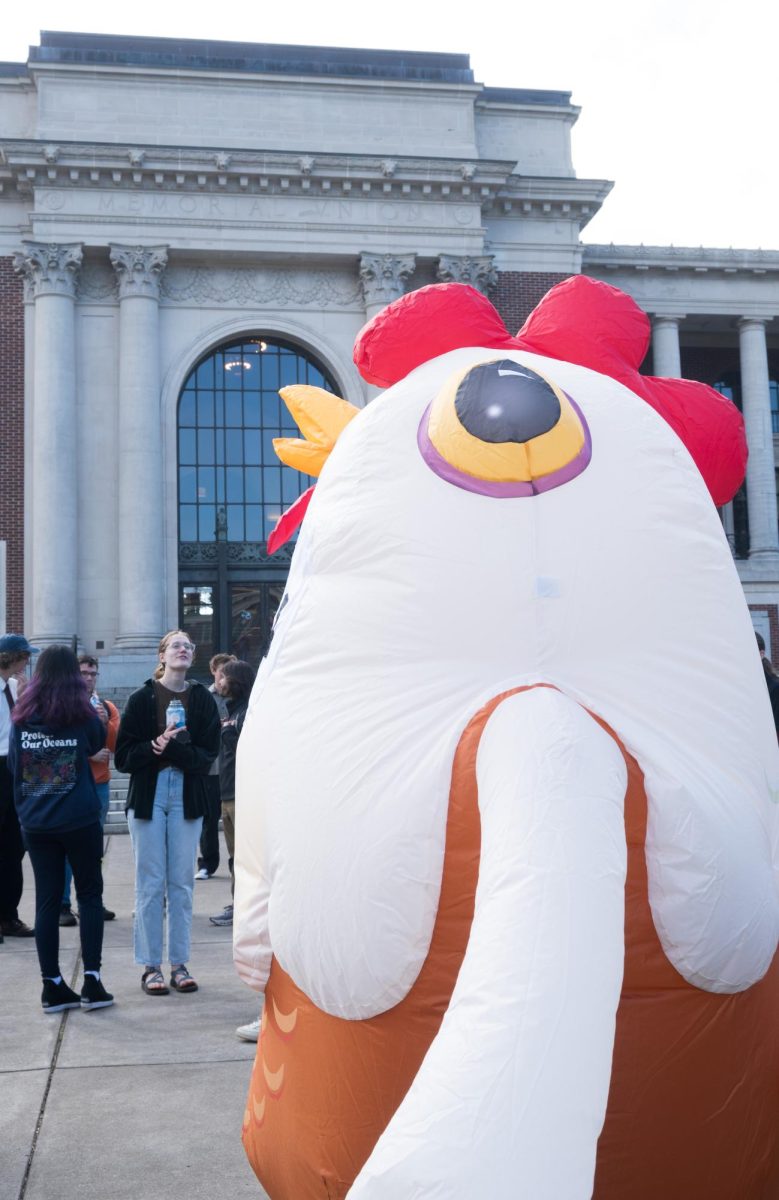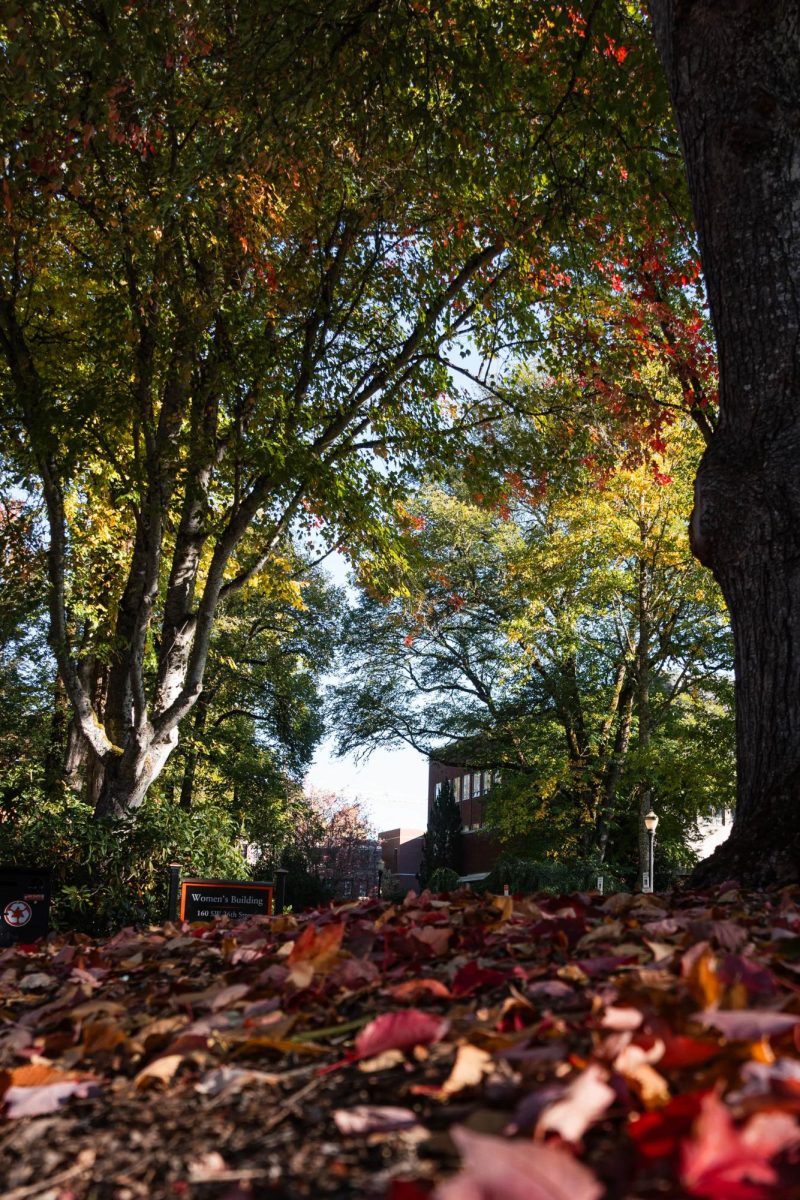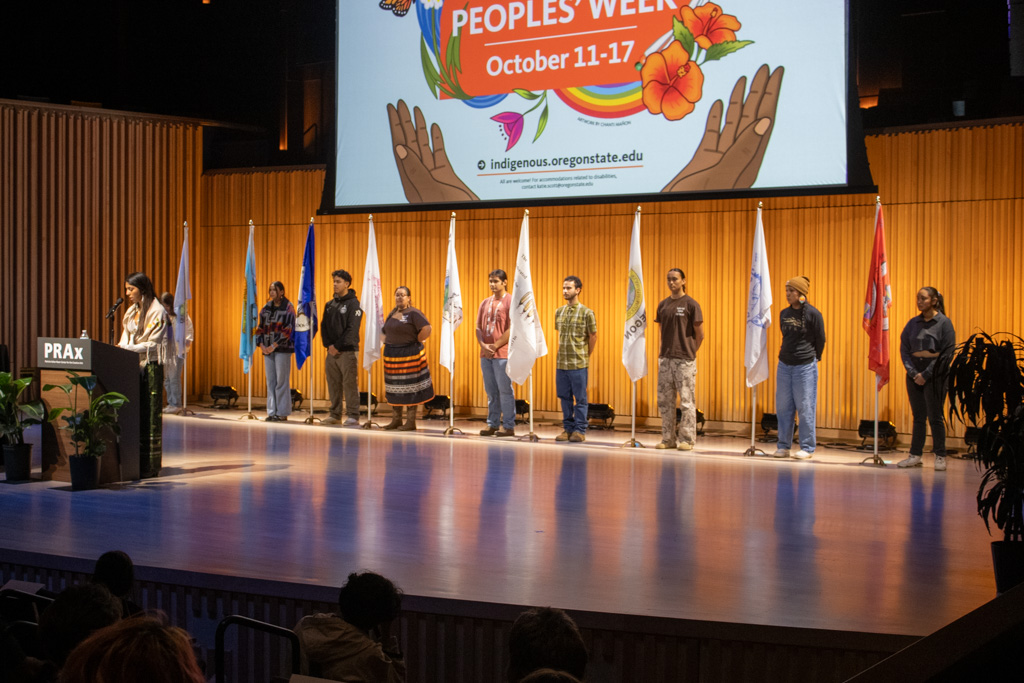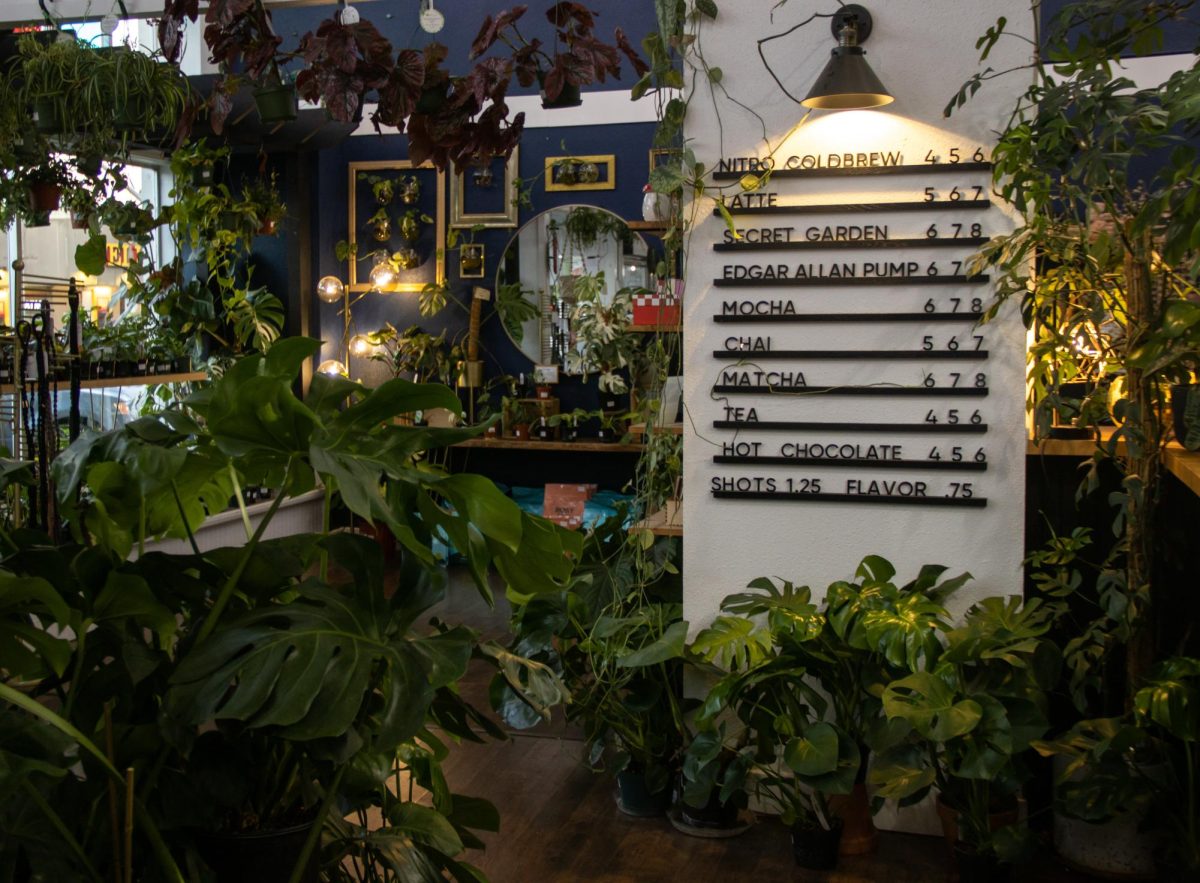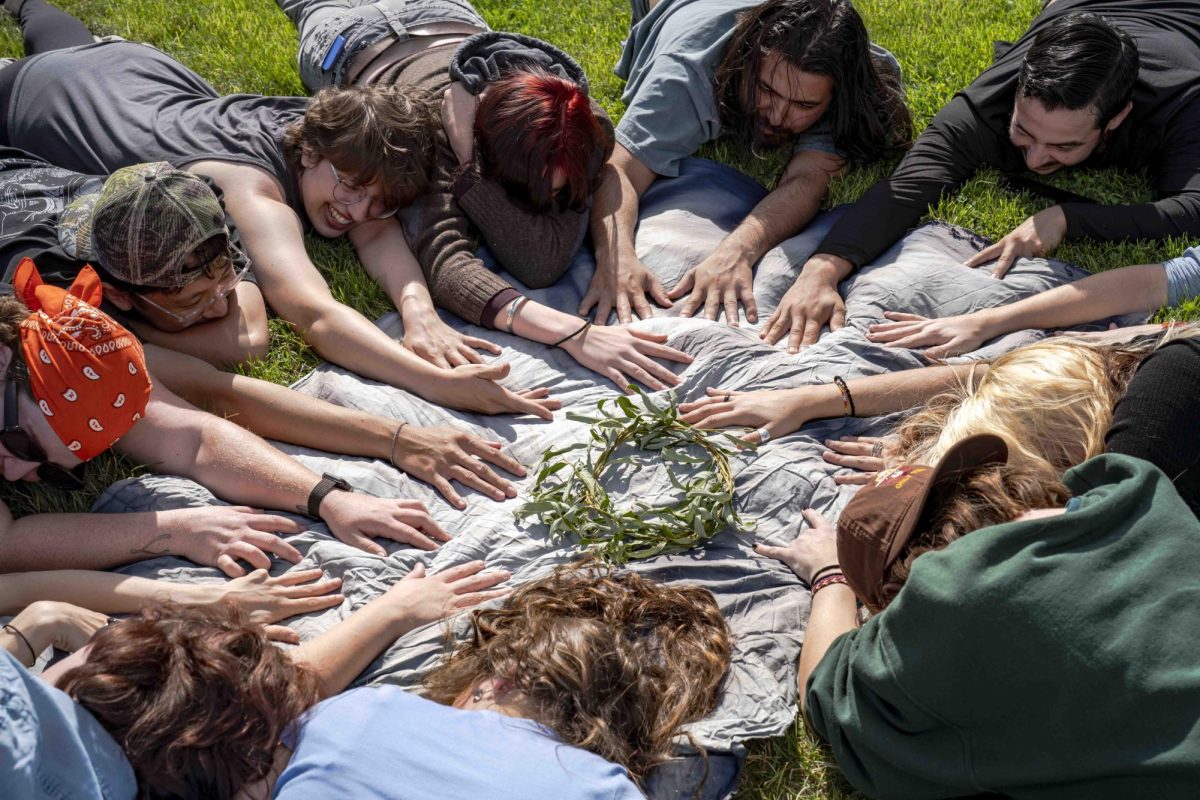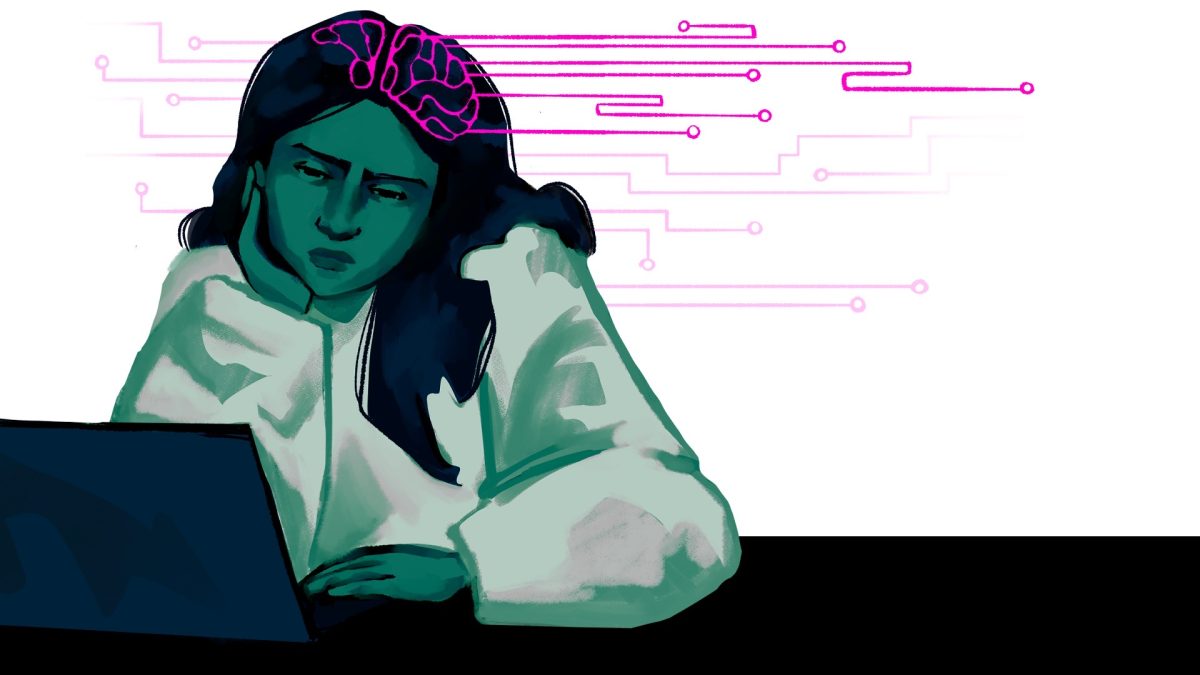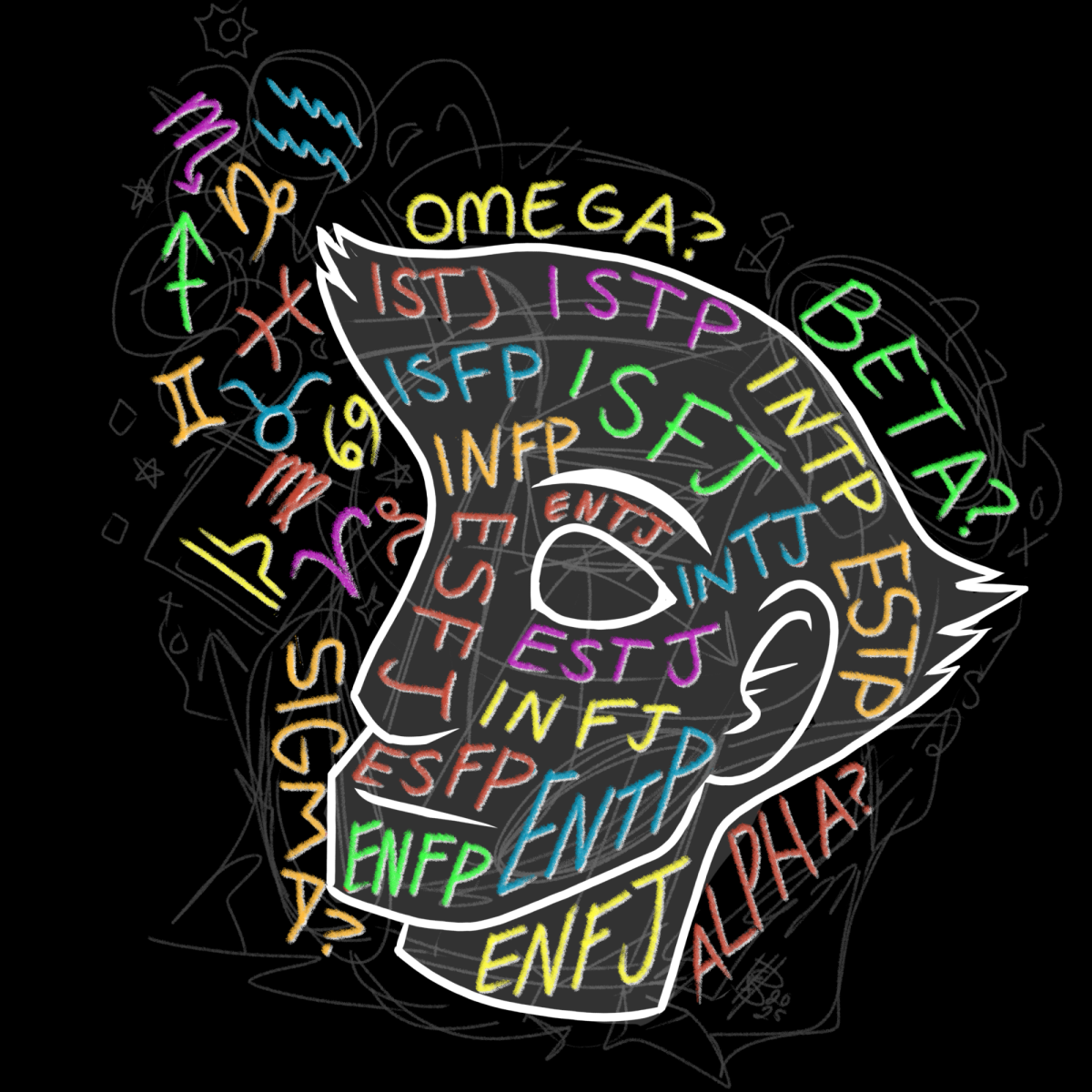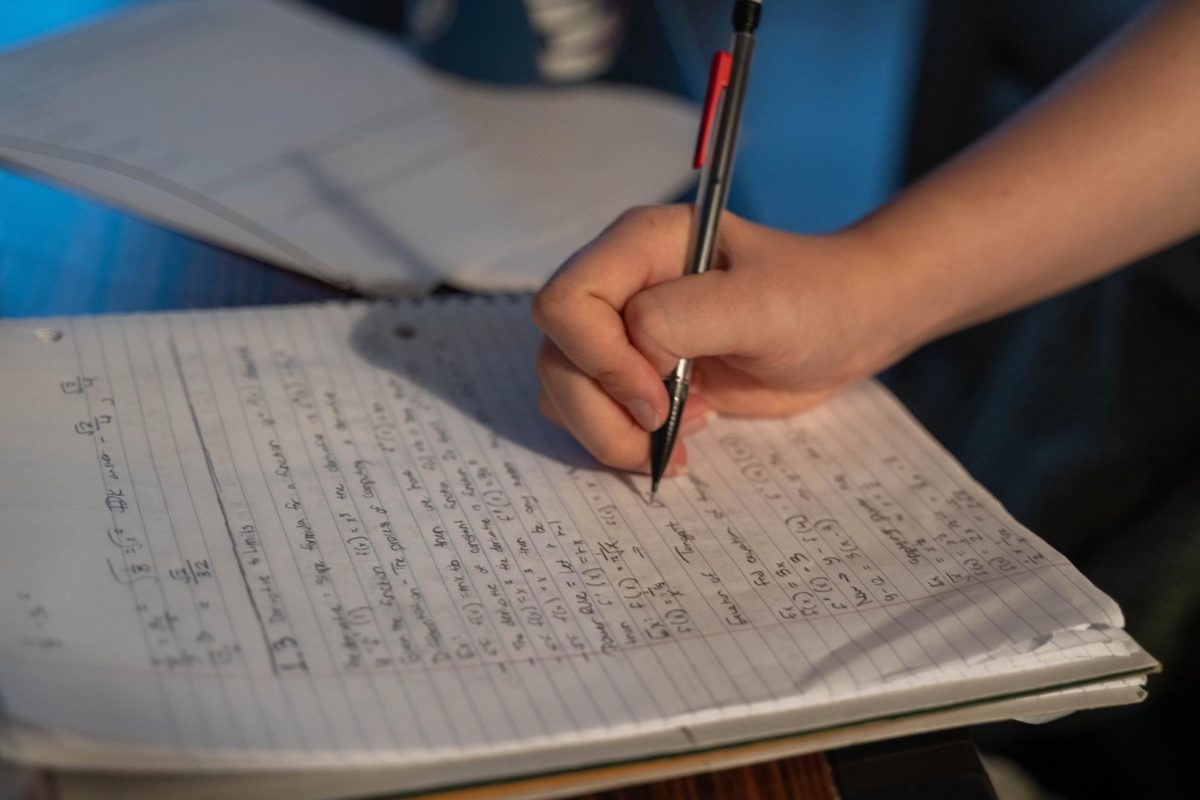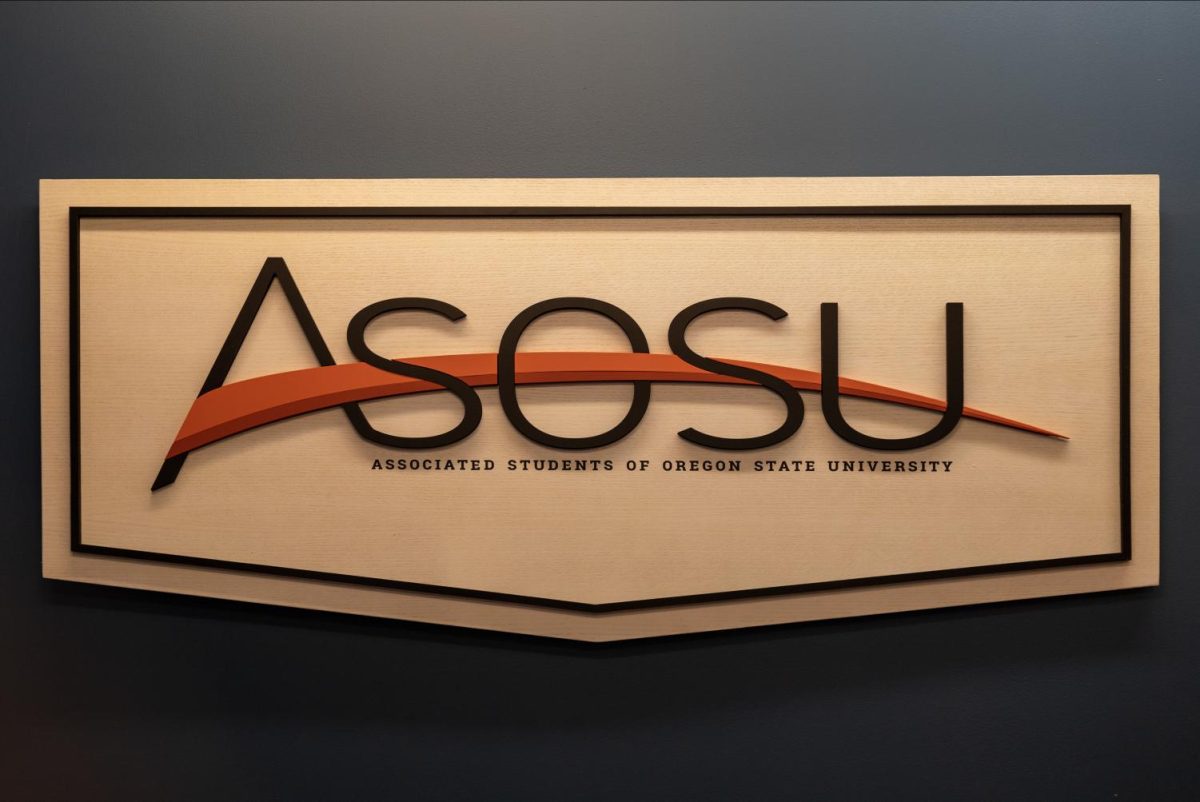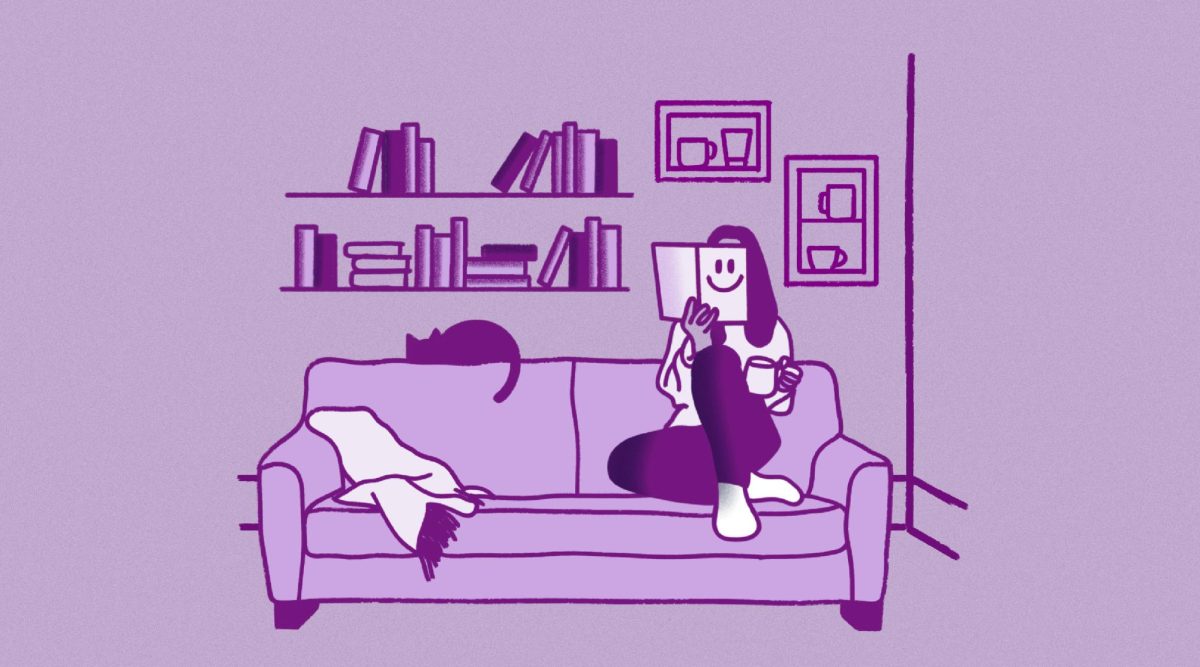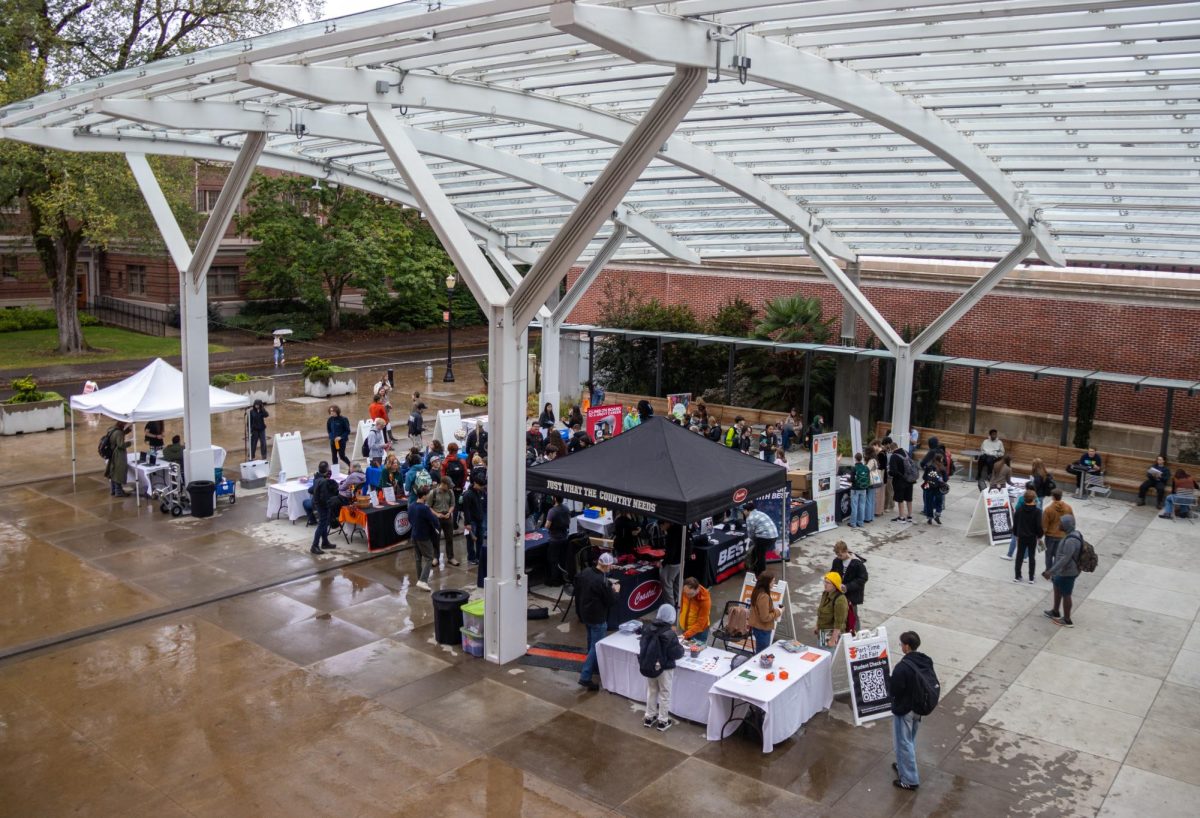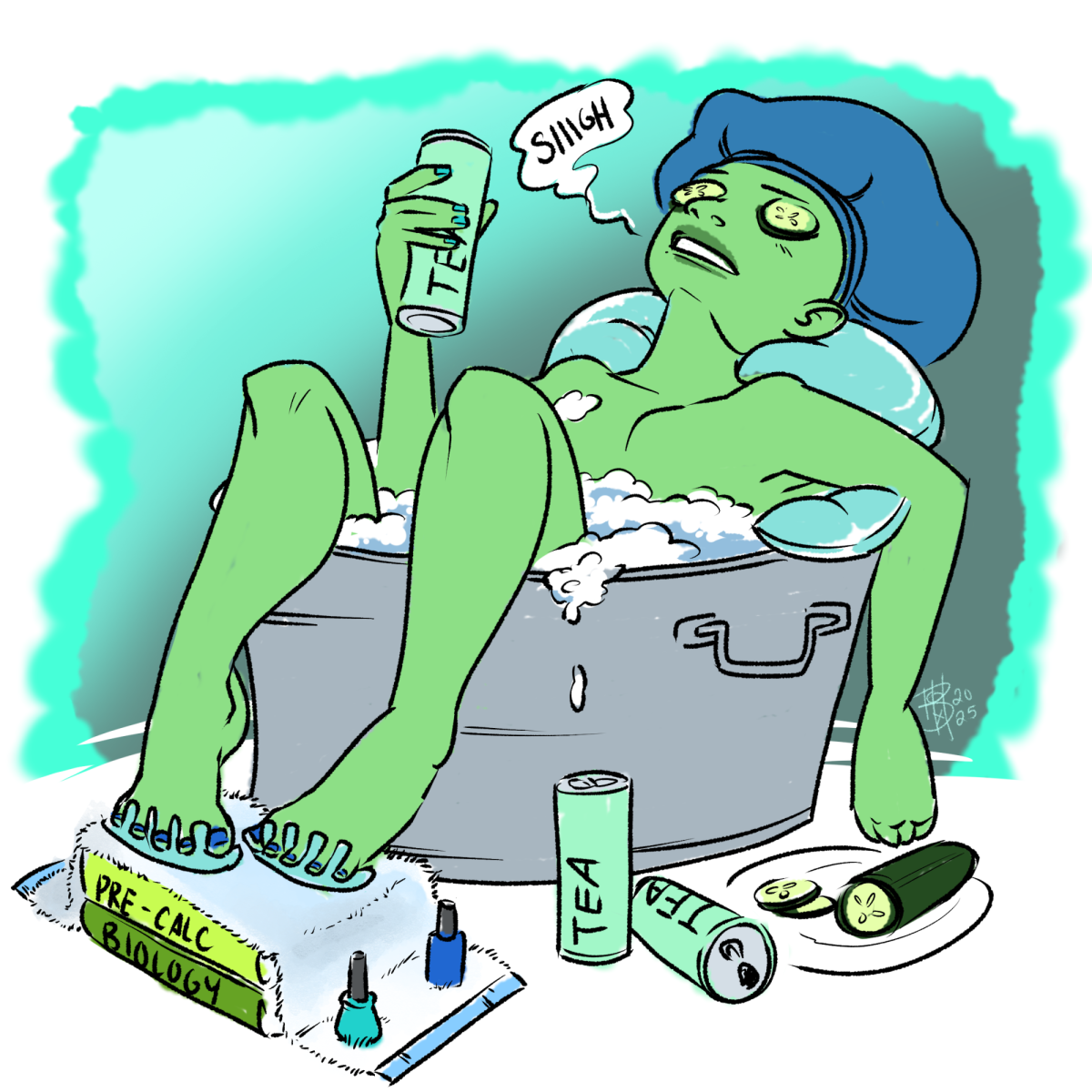Editor’s note: This is an opinion piece and does not represent the opinion of Beaver’s Digest. This op-ed reflects the personal opinions of the writer.
What do you think about the headline of this piece? Is it to the point? Is it concise? Does it engage or entertain you? Does it sound like a real person wrote it? Well, it shouldn’t. I asked Chat-GPT’s help to come up with a headline, put it at the head of this article, and then sent it off to my editor.
In this age of technology, all it takes is one quick search to pull up an artificial intelligence generator that is created specifically for whatever your heart may desire. In fact, it seems more and more like you don’t have to do anything on your own.
In an attempt to involve the students in the buzz surrounding Dam Proud Day, the Oregon State Foundation launched a t-shirt contest to garner student designs for the 2025 edition of the t-shirt. Graphic design and fine arts students alike sent in work in the hopes that their designs would be chosen for the occasion.
On March 28th, the Oregon State Foundation announced that a winner and two runner ups had been declared, an Ecampus senior studying botany, a graduate student studying history, and a senior studying biological data sciences in Corvallis. As soon as the news was declared and the designs were shared, the backlash began.
One of the submitters took to Reddit to share their thoughts and feelings in the wake of the reveal, and the response they received when they reached out to the foundation regarding one of the submissions.
“If you look closely you can see that the lines don’t converge properly and look more like that of an AI generated piece. I don’t mind being beat at all by genuine human designs but I have an issue with being displaced by AI,” the submitter wrote in their email to the Foundation.
The Reddit post included a response from the OSU Foundation that said the contest was hosted as an opportunity for students to share their creativity, and that the team valued the human skill it took to create the designs. However, they stated that since they did not have a definitive way to verify that any of the designs were AI-generated, they would not be disqualified.
I reached out to the Oregon State Foundation, and although they refused to be interviewed on the matter, they sent an enlightening statement.
“Our contest guidelines recommended against the use of AI, but did not explicitly prohibit it. As a result, we did not disqualify entries based on suspected or alleged AI use,” the associate vice president of Marketing and Communications, Molly Brown said.
“We did not ask the contestants if they used AI nor did we use AI checkers to determine eligibility. The use of AI was not prohibited in this year’s contest,” Brown said.
Although the Foundation refused to comment further, I spoke to several students who were more than willing to offer up their opinions on the matter.
“I think that student artists will be immediately disheartened after seeing institutions they value use AI for things like promotional materials or in class materials,” said Lichen Fischer, a second-year apparel design and studio art double major. “I think art or design-based majors will lose a lot of respect for institutions like OSU or companies where their future careers may lie once they learn that those institutions have or will use AI.”
This isn’t the first time this has happened either. Shortly after the Dam Proud scandal began circulating, the OSU Liberal Art’s Instagram page posted a picture of the welcome sign at the edge of campus in the Studio Ghibli art style, which has recently been trending on social media.
The design was immediately identified as AI-generated, and students and alumni alike flooded the comment section insisting on the hypocrisy of the act. Unsurprisingly, the post was promptly taken down and replaced with an apology video by Keith Van Norman, the OSU employee in charge of the page.
Removing the AI-generated content is the first step. The second, and somewhat obvious next step, is commissioning the students at your university, eager to share their creative pursuits with the larger world, to create interesting and engaging art for you.
“We have so many talented individuals who are looking for opportunities,” said Phoebe Ison, a third-year digital communications arts student and the current producer of KBVR TV’s “The Lyrical Lounge.”
“A lot of artists here are really under-represented and are looking for ways to get their work out into the field, “ Ison said.
Ison added that if it is indeed OSU’s aim to uplift their students and provide them with experiences and chances for growth in their future careers, then they should be turning to students for these opportunities instead of AI-generators.
“I think it’s kind of despicable to be using AI-generated art when the entire mission that you’re trying to promote is giving those artists a platform,” Ison said.
OSU’s problems with AI extend beyond generated content and the liberal arts. From classes in business, mathematics, to computer science, I’ve heard from fellow students complaining about the rampant use of AI by the university and some of its professors.
“Outside of art, OSU’s academic stance on AI seems very inconsistent and varies teacher to teacher. Some professors outlaw AI use entirely, some encourage citing it, others basically say, “We can’t tell if you use it, but you’re only hurting yourself,’” said Graham Davis, a third-year computer science major.
“I even have a professor this term who admitted to learning the course material through ChatGPT and encouraged the class to use it— though ironically, several of his quizzes have contained errors, outdated information, or even duplicated questions, which has been frustrating,” said Davis.
The use of AI-generated content by OSU and its staff is, in my opinion, hypocritical and lazy. It is hypocritical to advertise as a university involved in the interests and future of its attendees, and then pass over the hard work of its students for the same AI-generated content they often forbid the same students from using.
Simply discouraging AI-generated content in a digital art contest is not enough. By choosing content that is likely a conglomeration of other artists’ nonconsensually cannibalized art and presented as someone else’s own work, the OSU Foundation has made a clear point as to its attitude towards students and their creative pursuits. They prefer the mediocre “art” of Chat-GPT to the real art submitted and inspired by real students’ feelings and experiences at OSU.
As a creative writing major, I know that I could have created a prompt for a generator that would have produced a nearly grammatically perfect article on the theoretical events transpiring at Oregon State University regarding AI content. However, I can’t get a program to recreate the experience of an artist at a university, watching their college board use AI generated content to replace the art of their students.
I am graduating from OSU this coming spring as a liberal arts major, I’ve dedicated the last few years of my life to creating in this space. I’m proud of the work I’ve done here, and I’m thankful for the instructors I’ve learned from in my time.
Moving forward in my life, I do not want OSU to be known as an establishment that prefers bland, lifeless AI-generated content to the living, breathing art of its students.
Use your resources. Use your students. You can get acceptable work from Chat-GPT, but you can find exceptional work from your students. Choices like these matter in the history of this university, and how its students will remember it.

